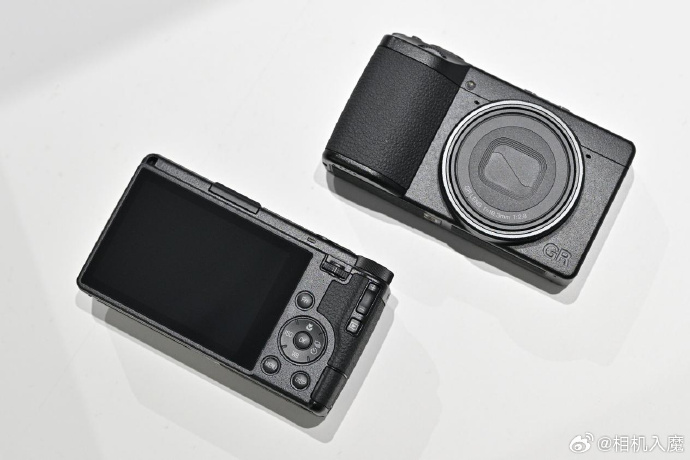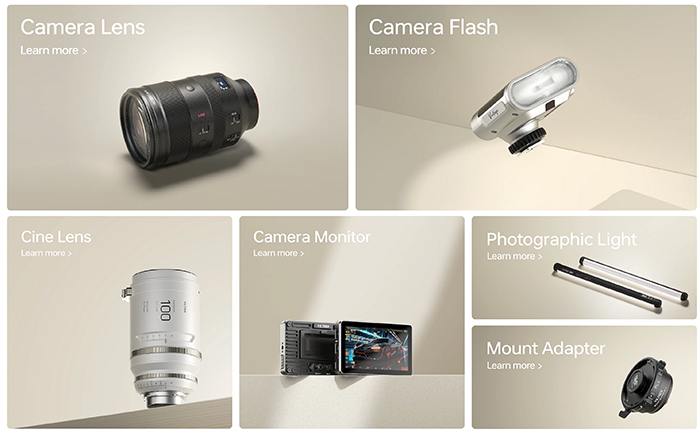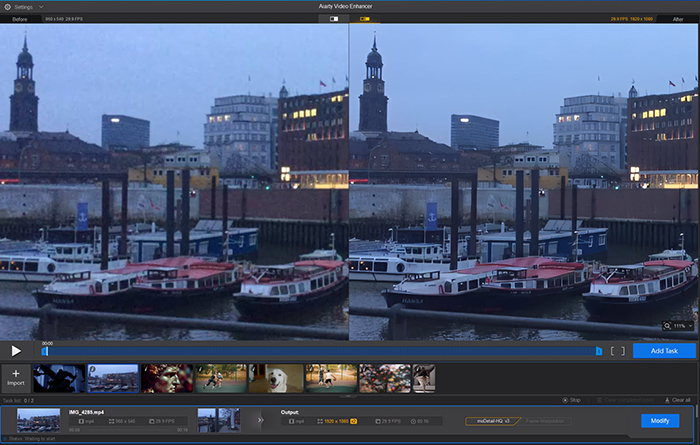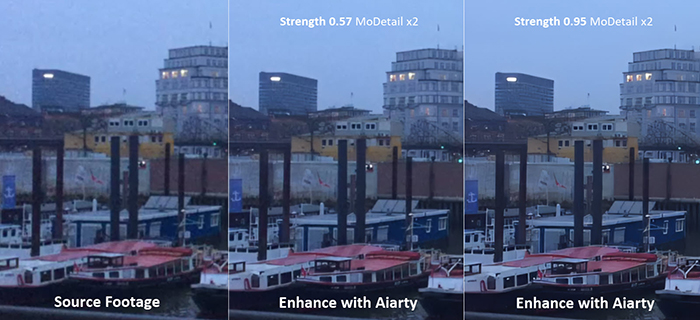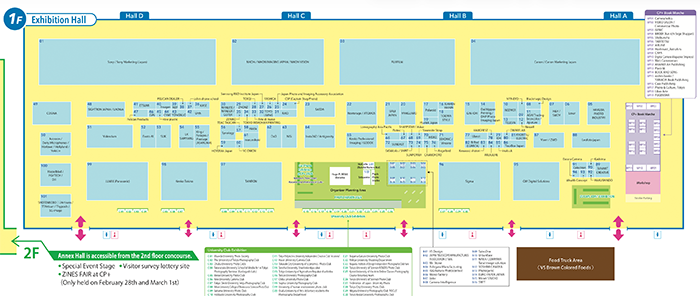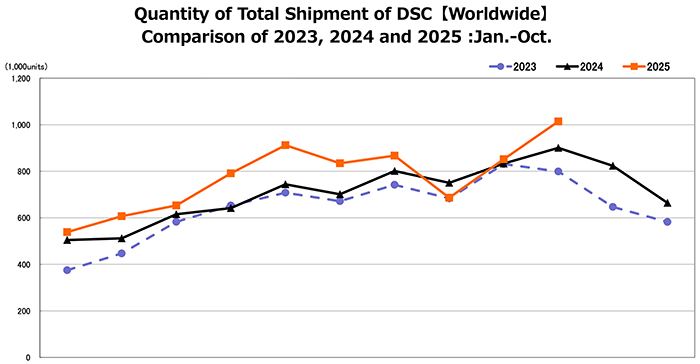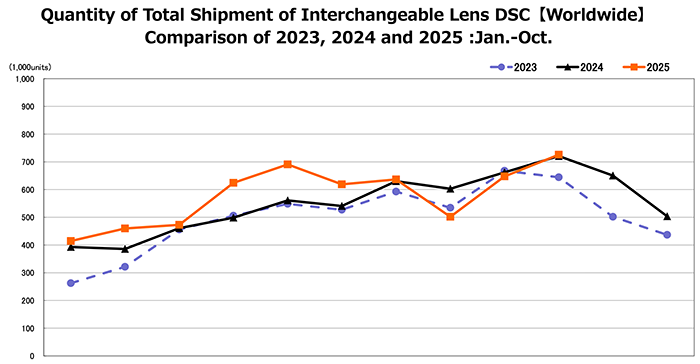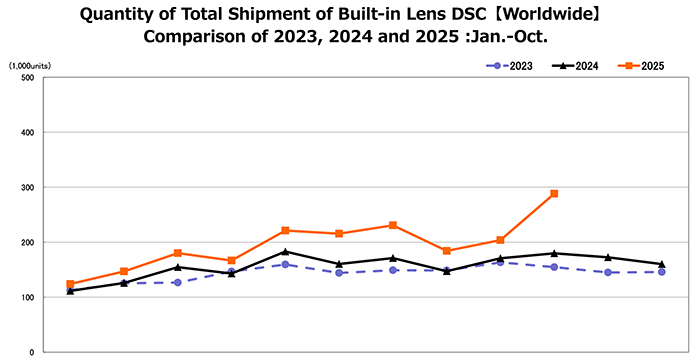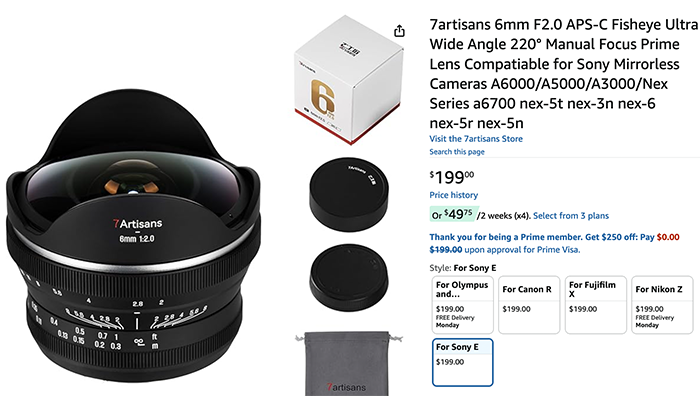
Rumor alert: According to chatter on Weibo, the Nikon ZR C is expected to arrive in the fourth quarter of 2026. It’s said to target the entry‑level video/vlogging segment with a compact body similar to the Nikon Z30, omitting an electronic viewfinder and mechanical shutter to prioritize portability and price. The model reportedly aims to compete with the Canon EOS R50 V.
Release window and positioning
- Timing: Rumored for Q4 2026
- Format: APS‑C Nikon Z‑mount
- Target user: Entry‑level video creators and vloggers
- Design: Compact body similar to the Nikon Z30
- Notable omissions: No EVF and no mechanical shutter
- Primary competitor: Canon EOS R50 V
Rumored specifications
- 20‑megapixel APS‑C sensor (reportedly the same as the Nikon Z50 II)
- EXPEED 7 image processor
- Autofocus algorithm derived from Nikon Z9
- No in‑body 5‑axis stabilization (IBIS)
- Cropped 4K/60p video recording
- 1080p/120 video recording
Who is this rumored camera for?
If accurate, the ZR C would appeal to beginners and mobile creators who prioritize 4K/60p capture, reliable autofocus, and a lightweight body over features like an EVF or IBIS. Pairing with stabilized Z‑mount lenses would help compensate for the lack of in‑body stabilization.
Important disclaimer
This information is unconfirmed and may change. Treat all details as rumor until Nikon provides an official announcement.
FAQ (rumored)
When is the Nikon ZR C expected to be released?
Q4 2026, according to current rumors.
Will the Nikon ZR C have an electronic viewfinder?
No EVF is rumored, similar to the Z30’s EVF‑less design.
Does the Nikon ZR C include in‑body image stabilization (IBIS)?
IBIS is not expected. Use stabilized lenses to reduce shake.
What video modes are rumored?
Cropped 4K/60p and 1080p/120 are said to be supported.
How does it compare to the Canon EOS R50 V?
Positioning appears similar—an affordable, compact APS‑C vlogging camera—suggesting Nikon is targeting the same audience as Canon’s R50 V.
Source: Weibo

